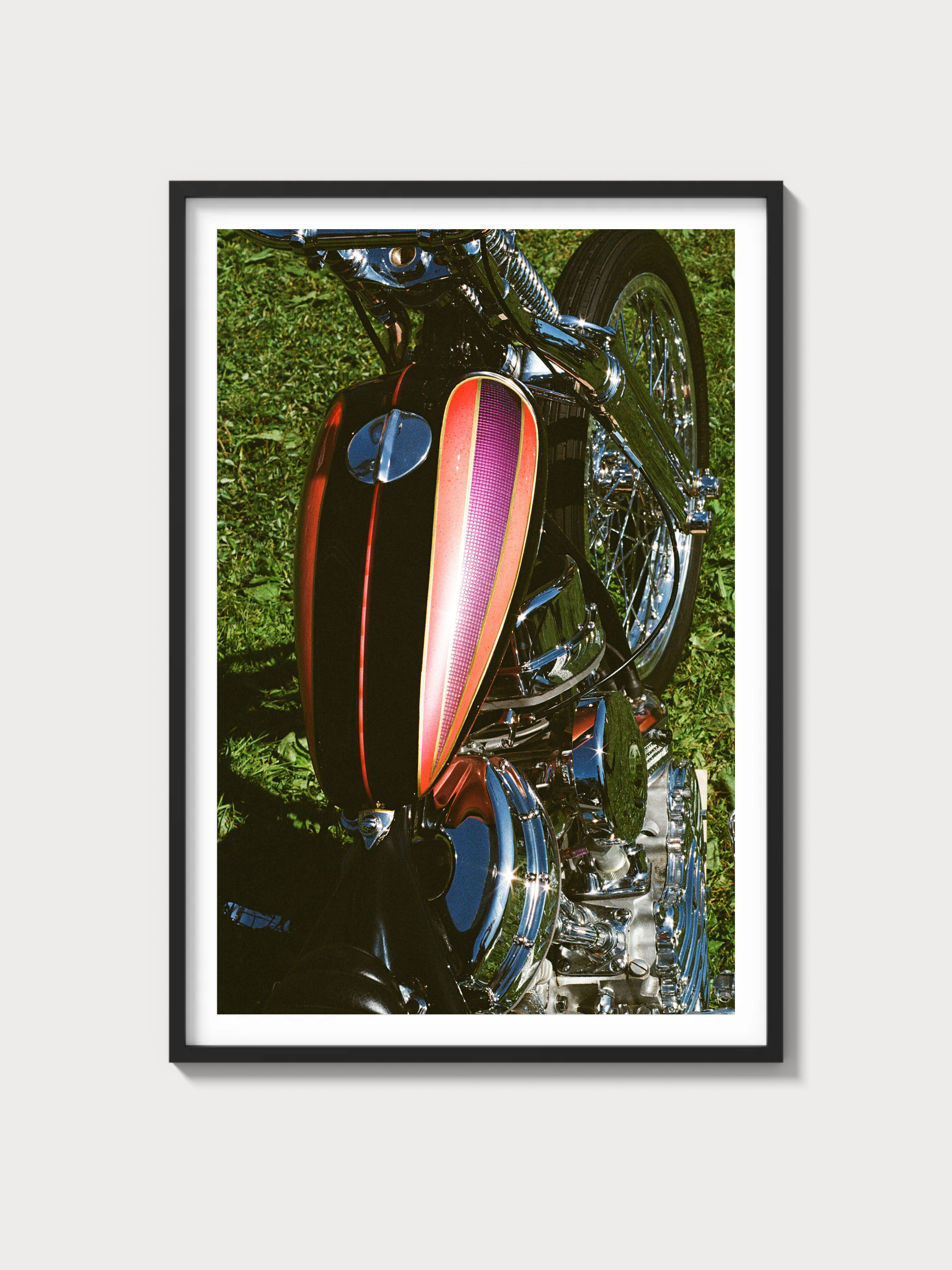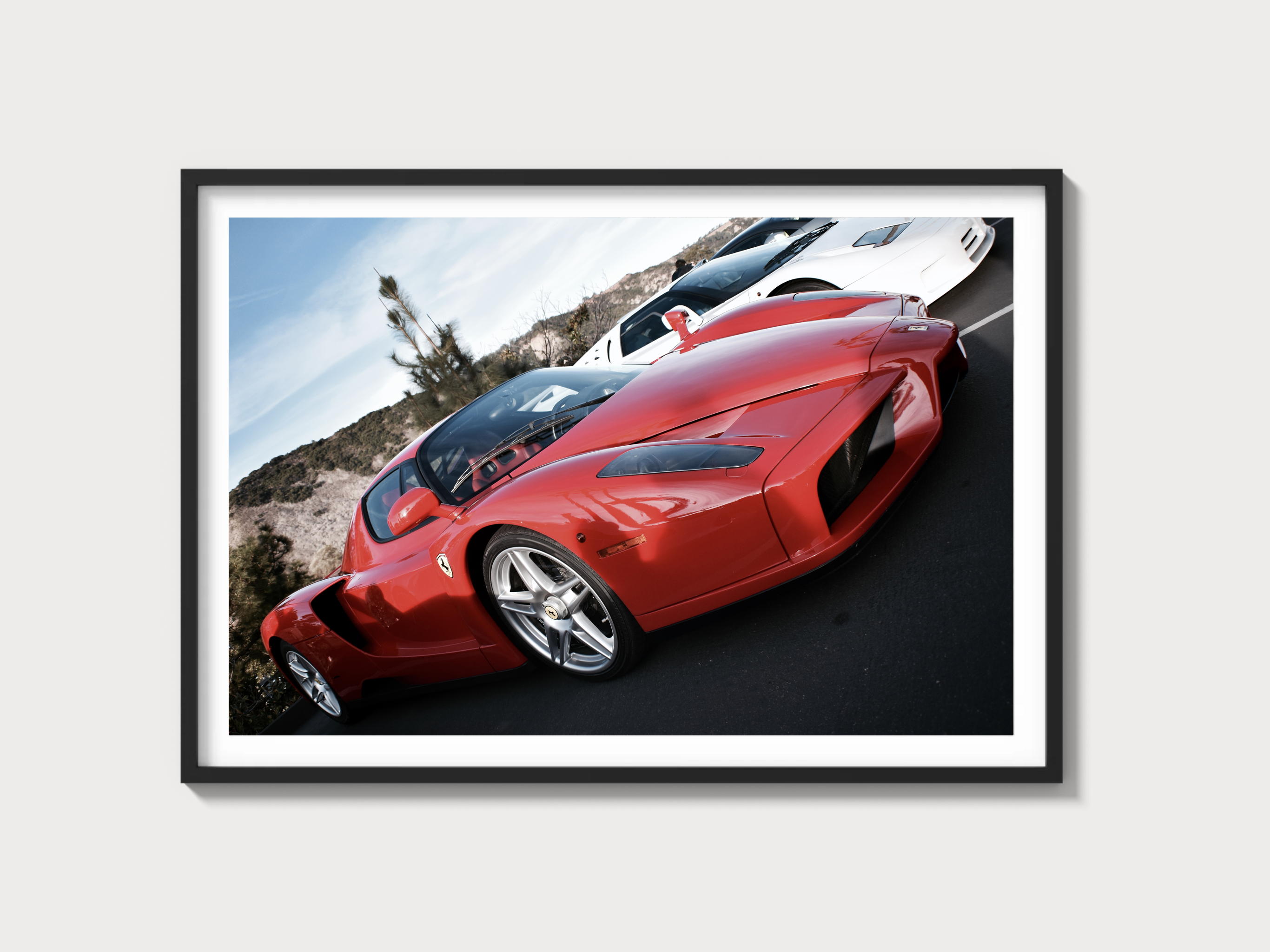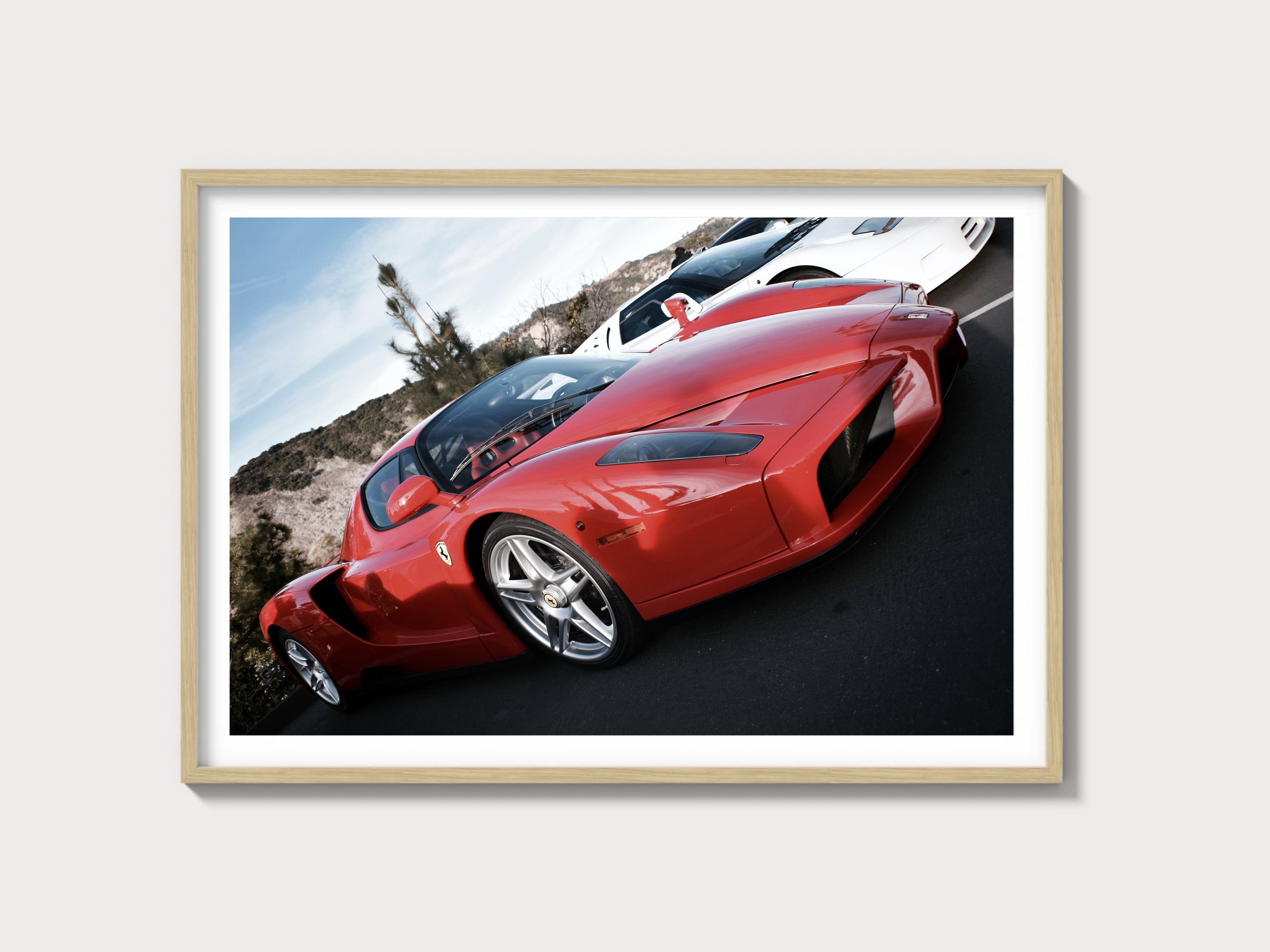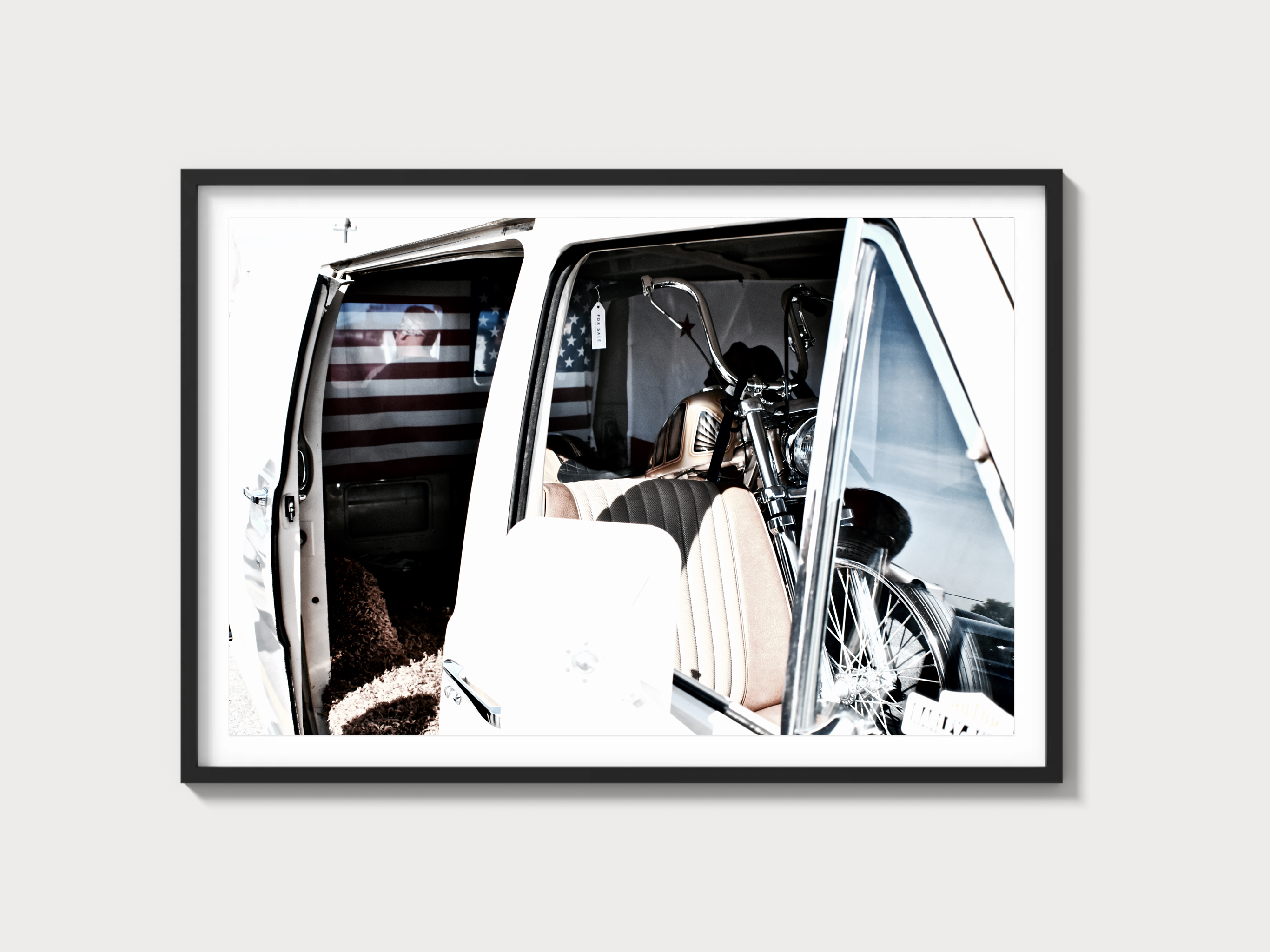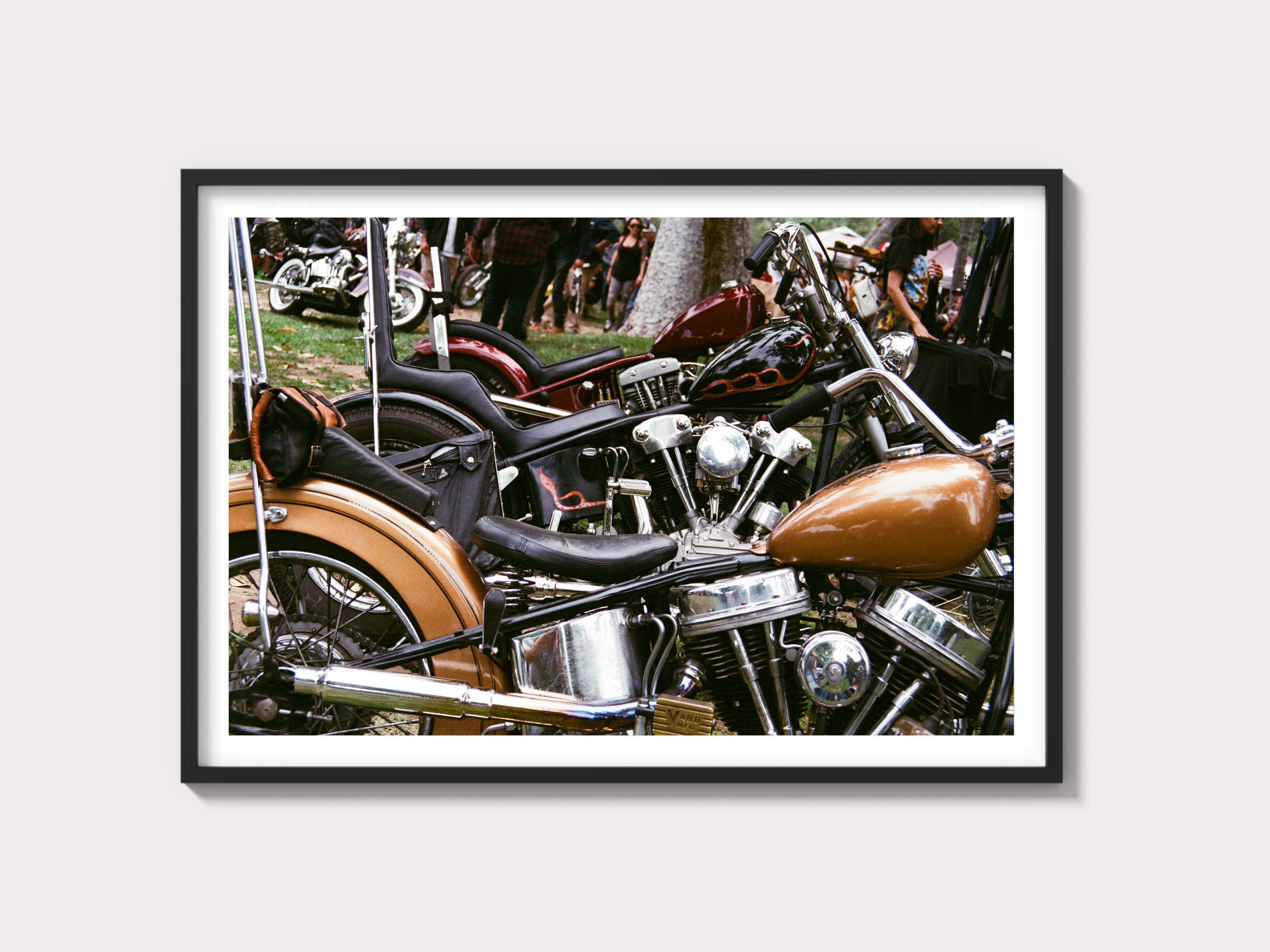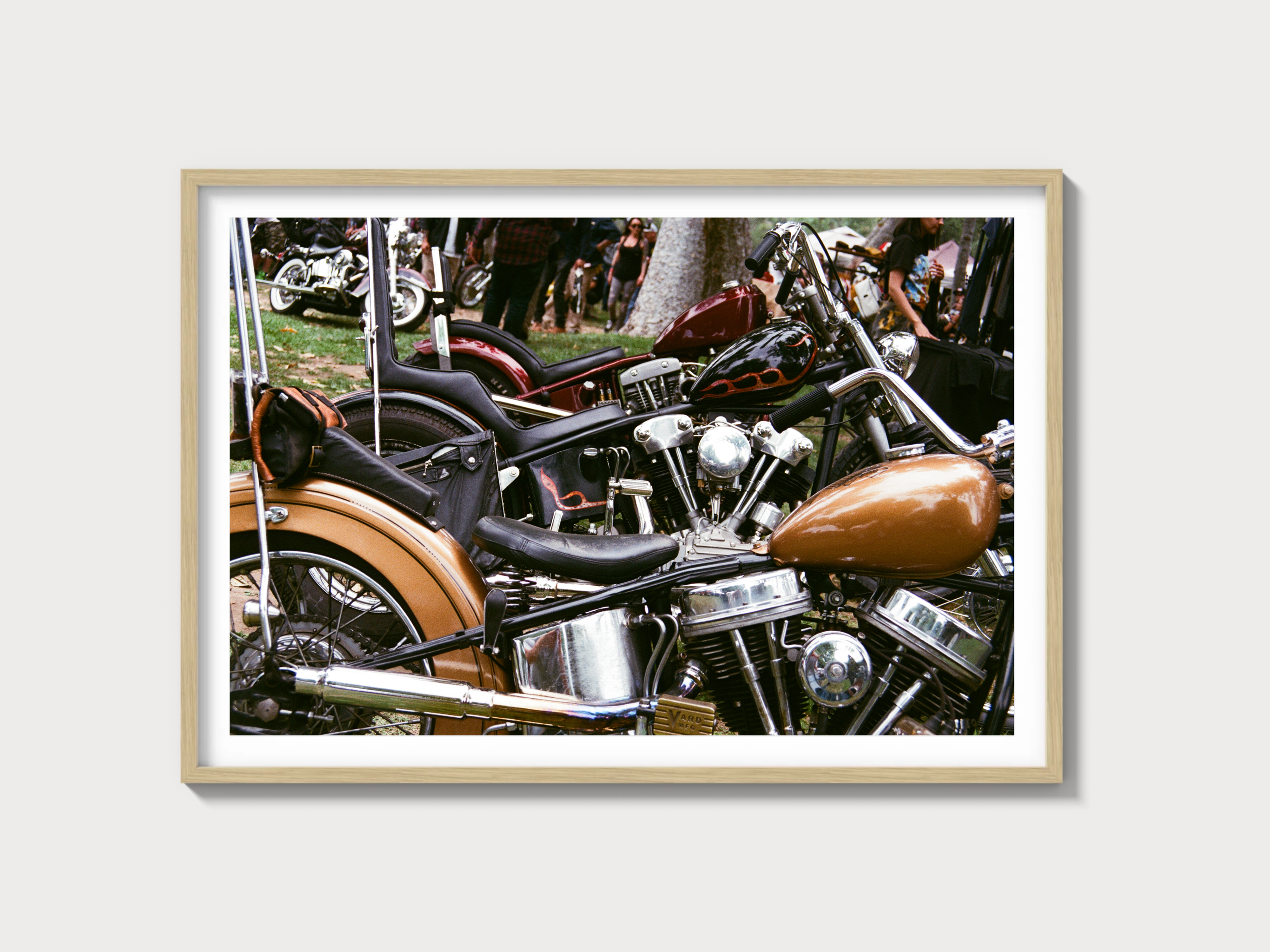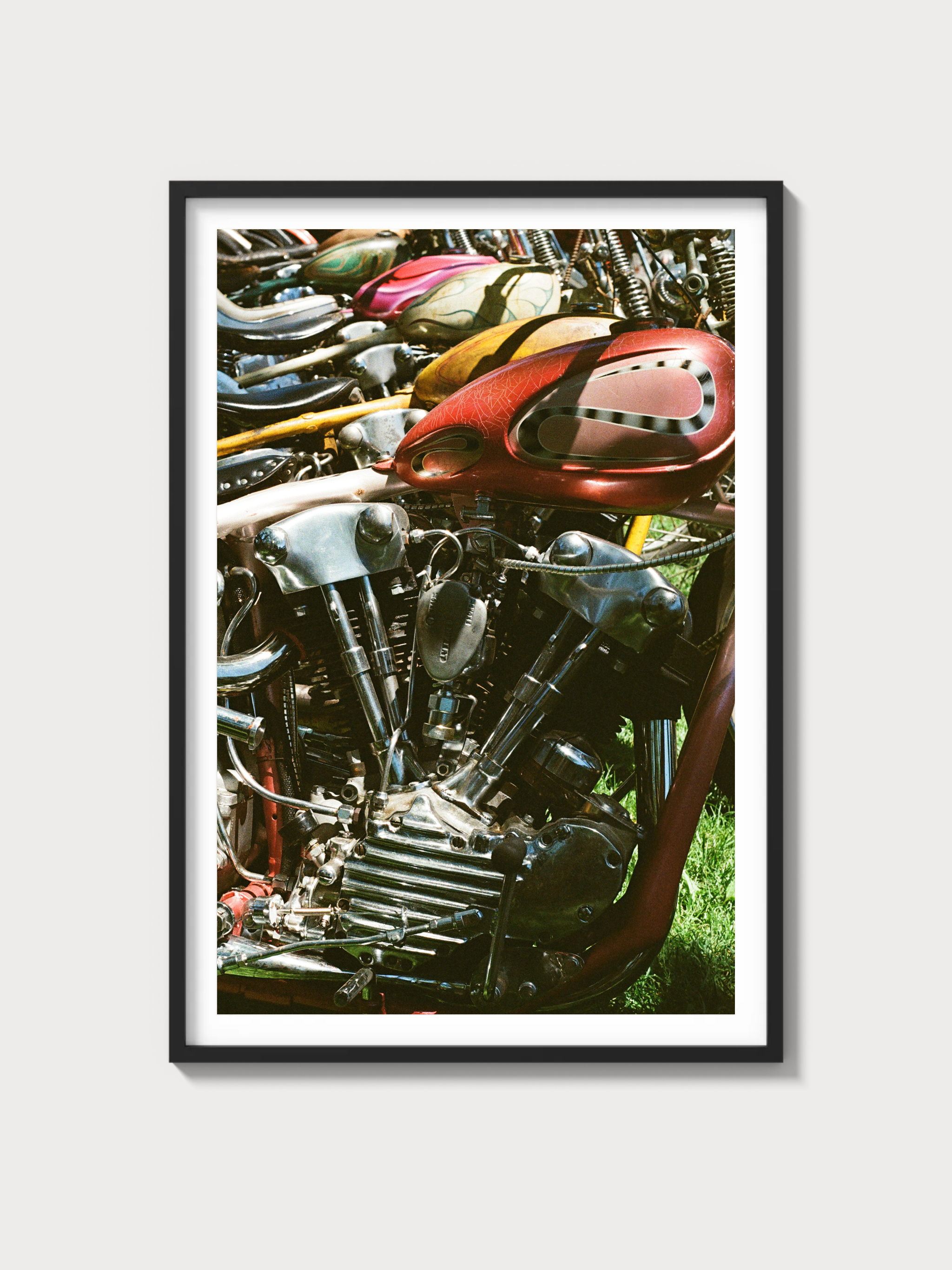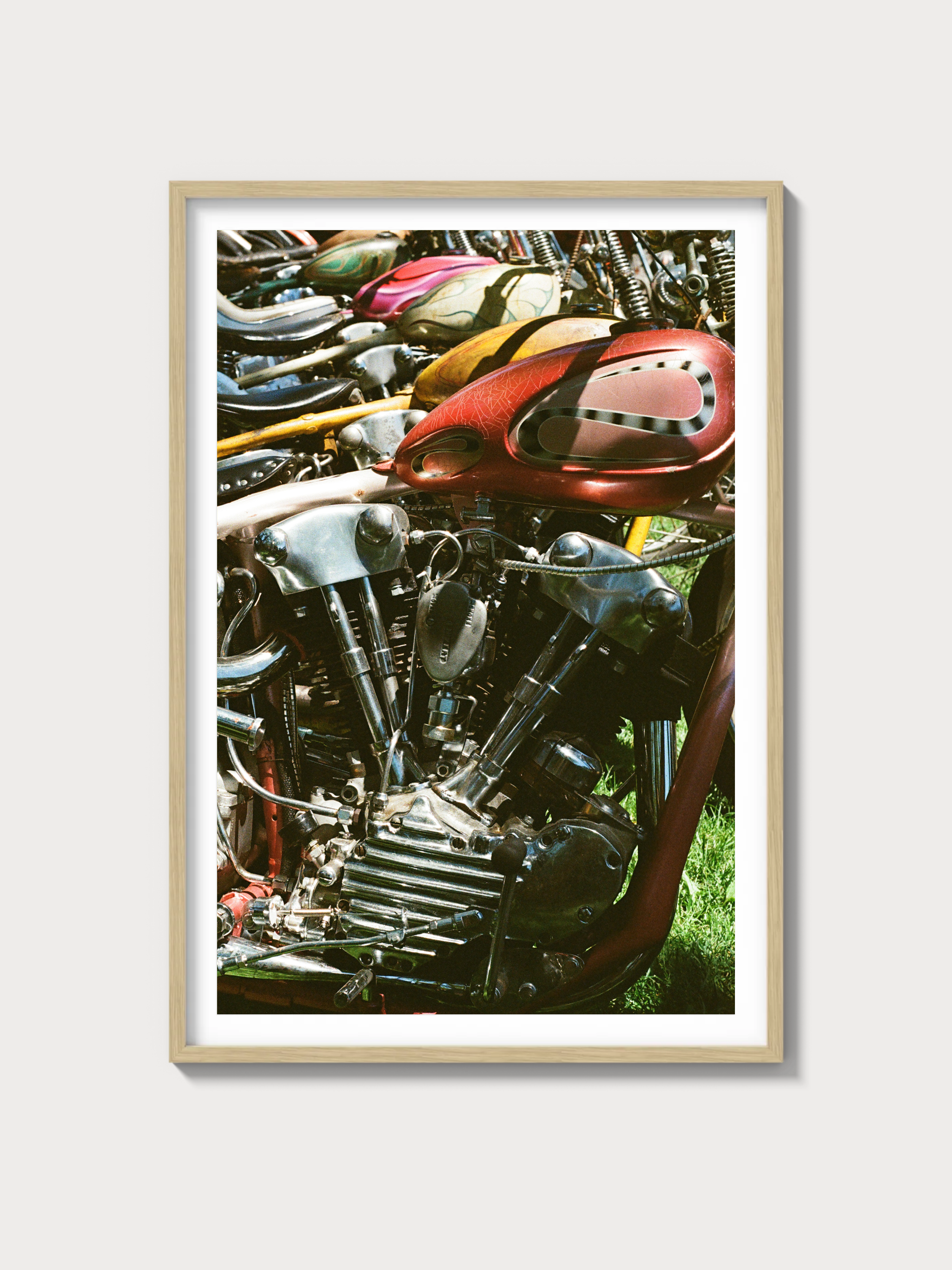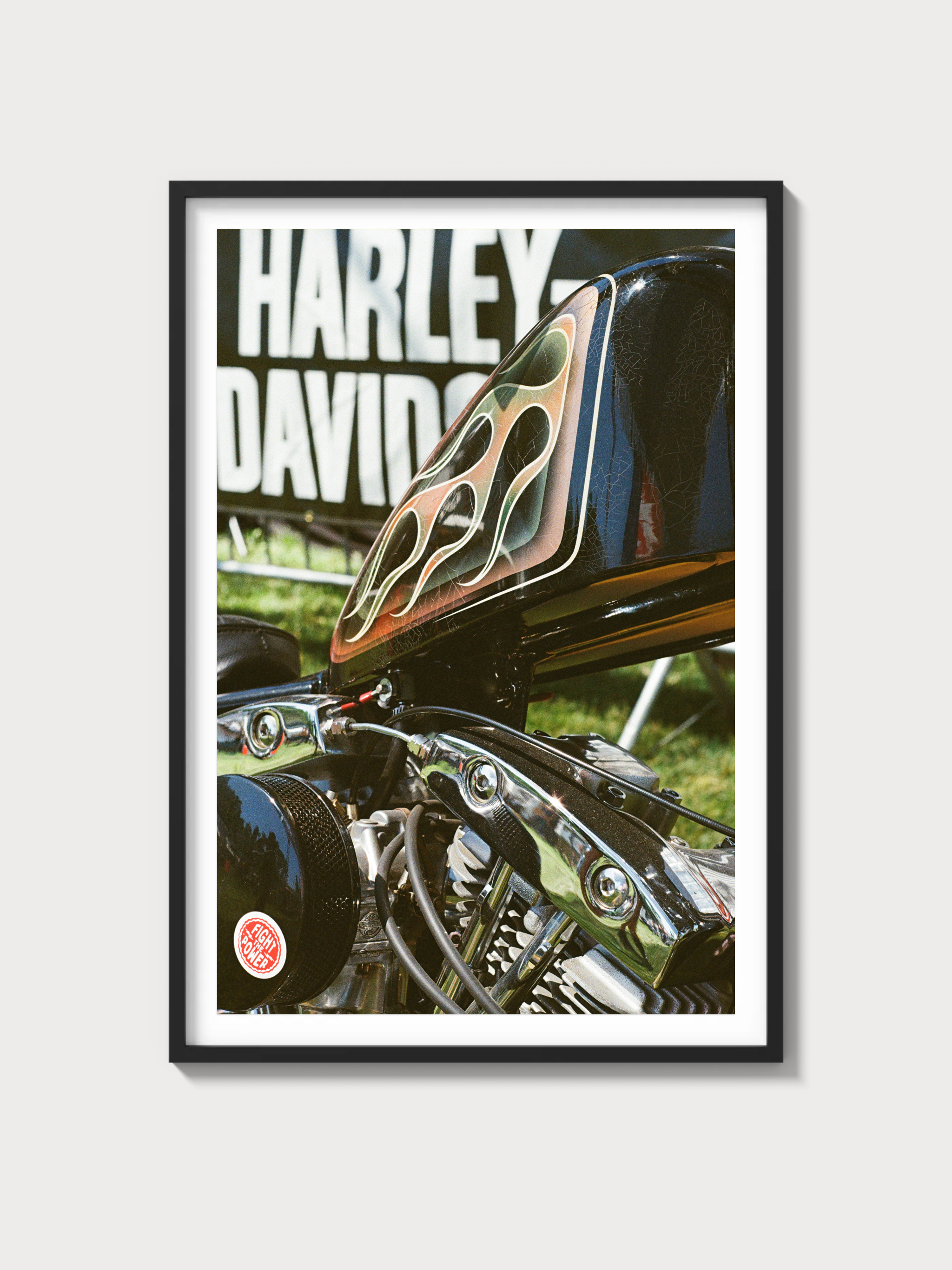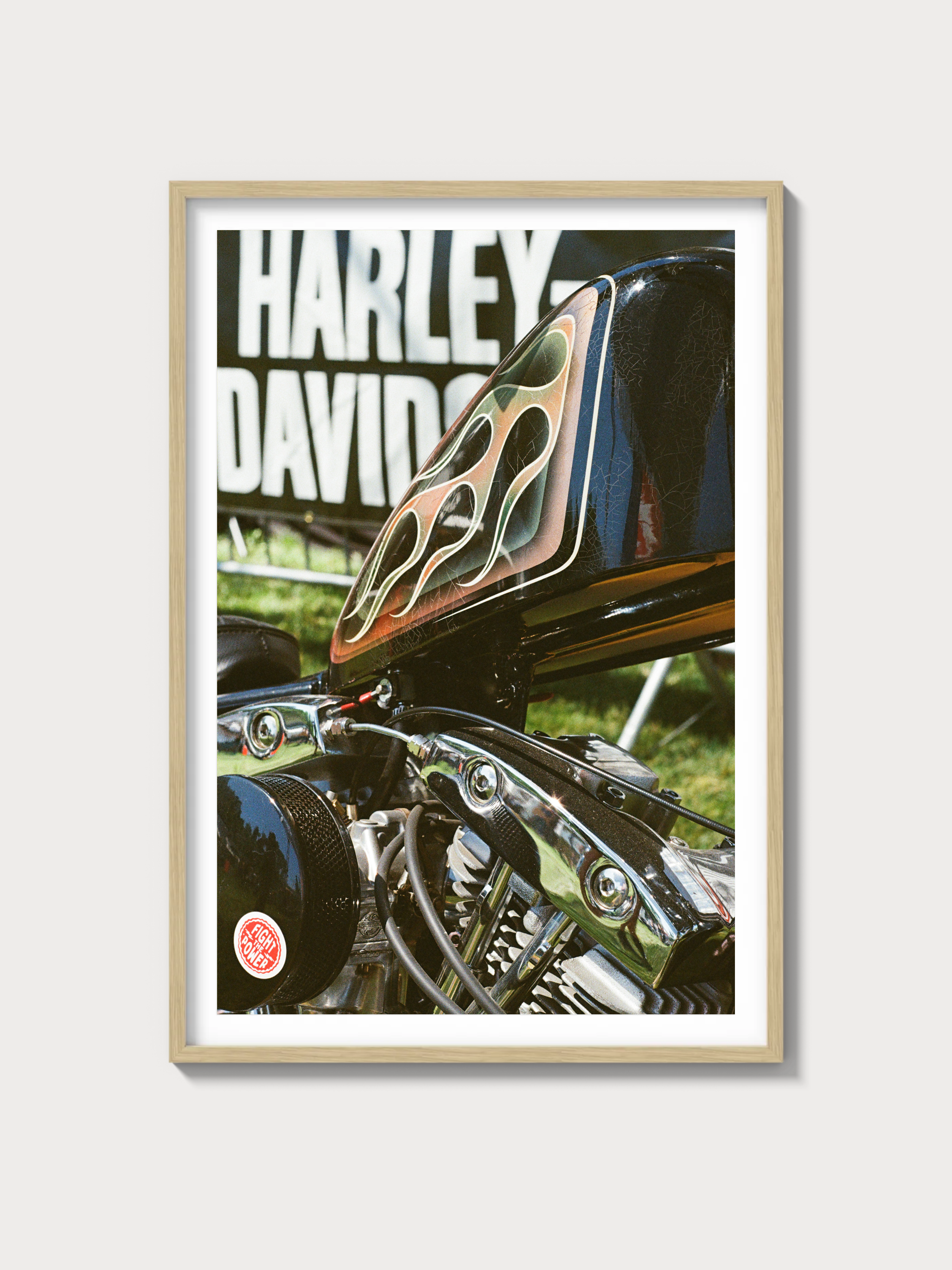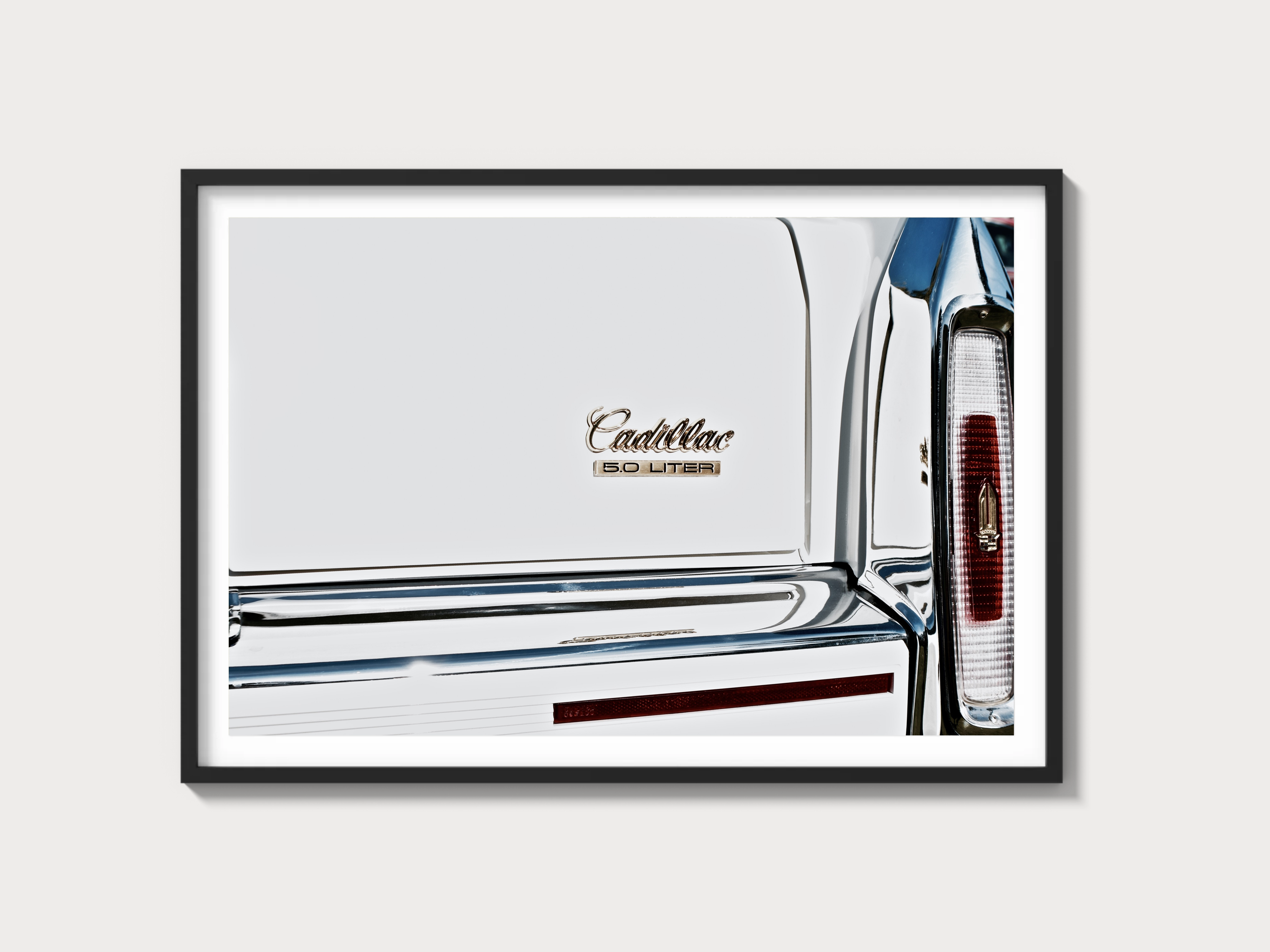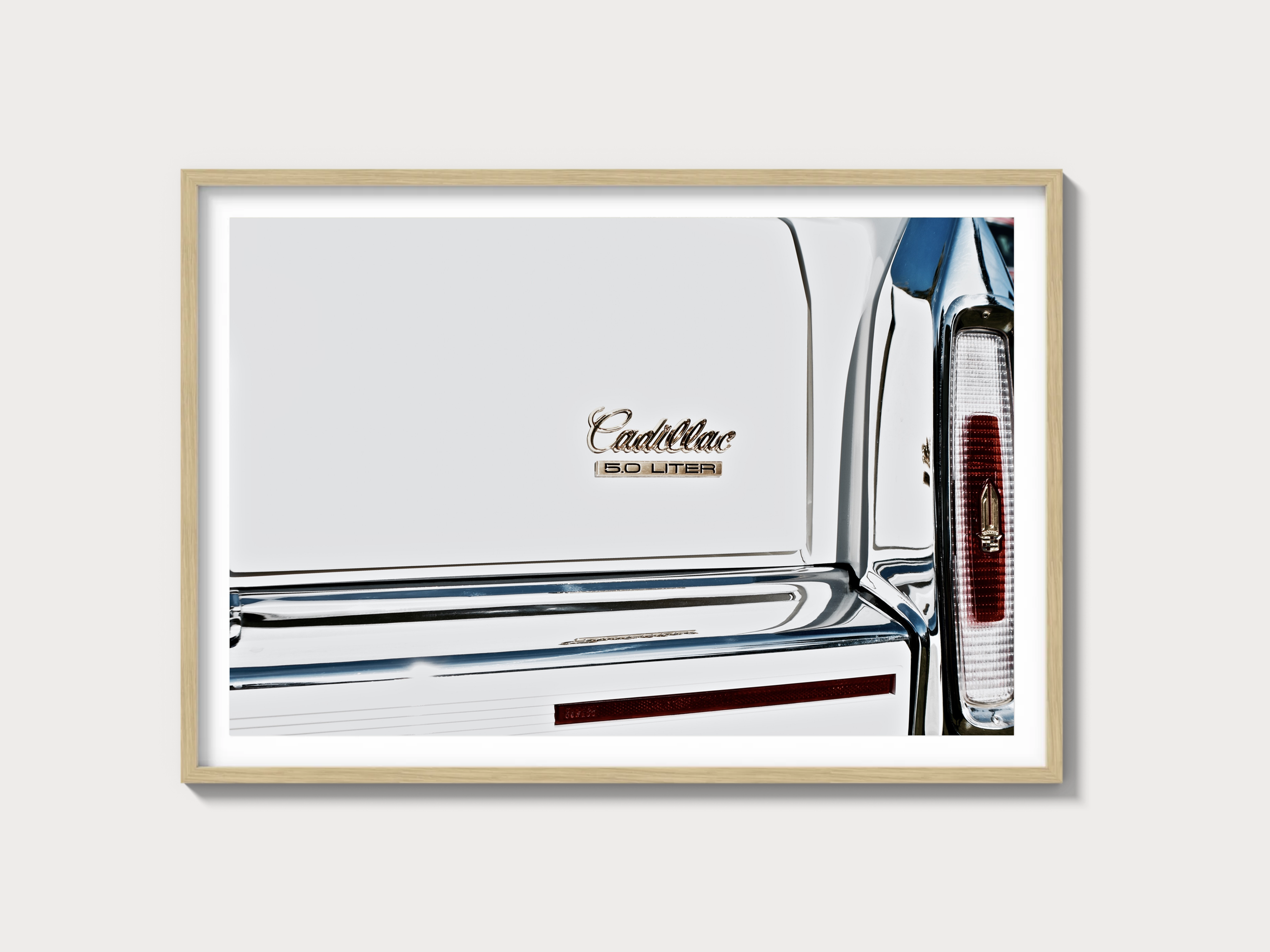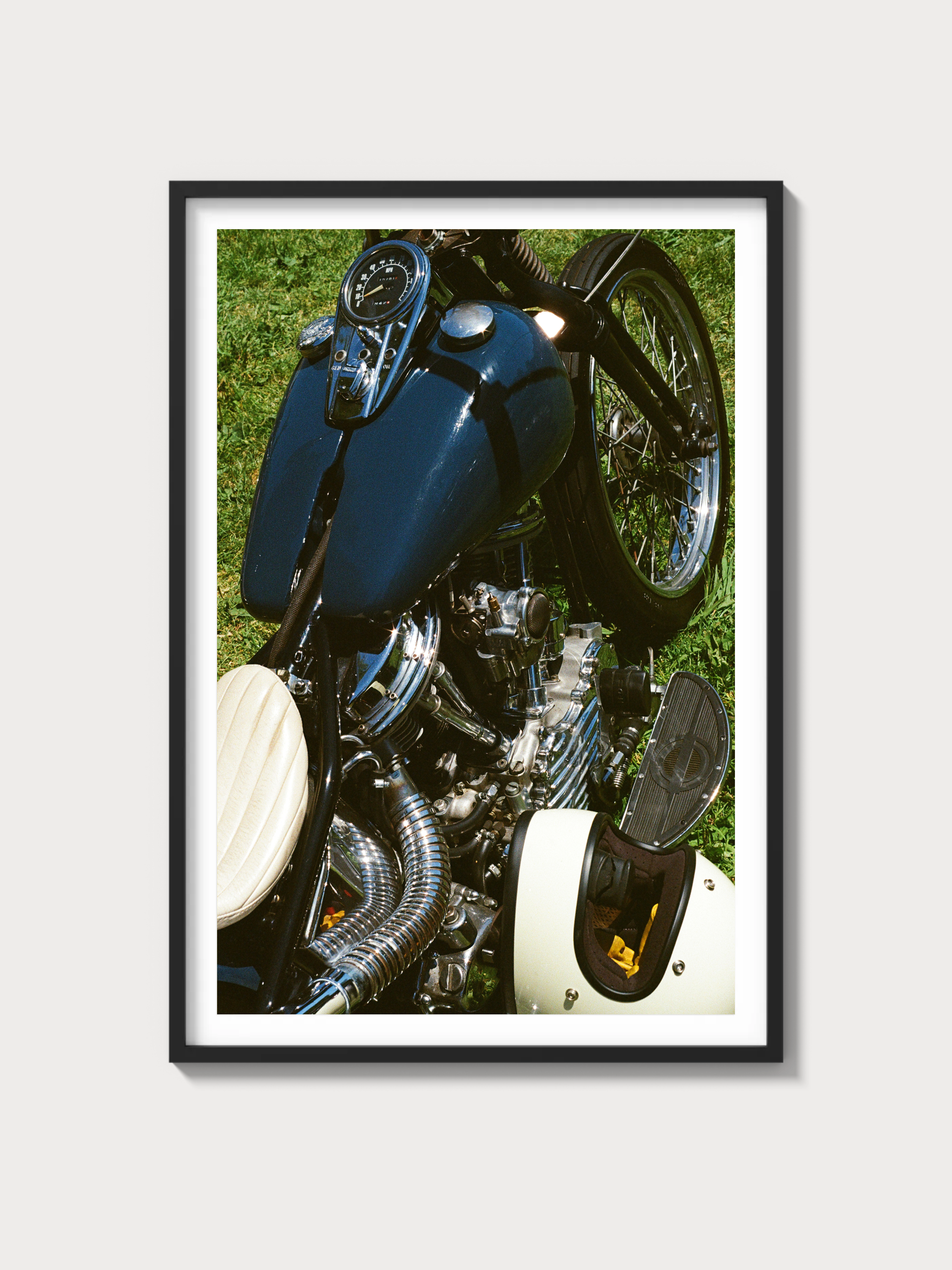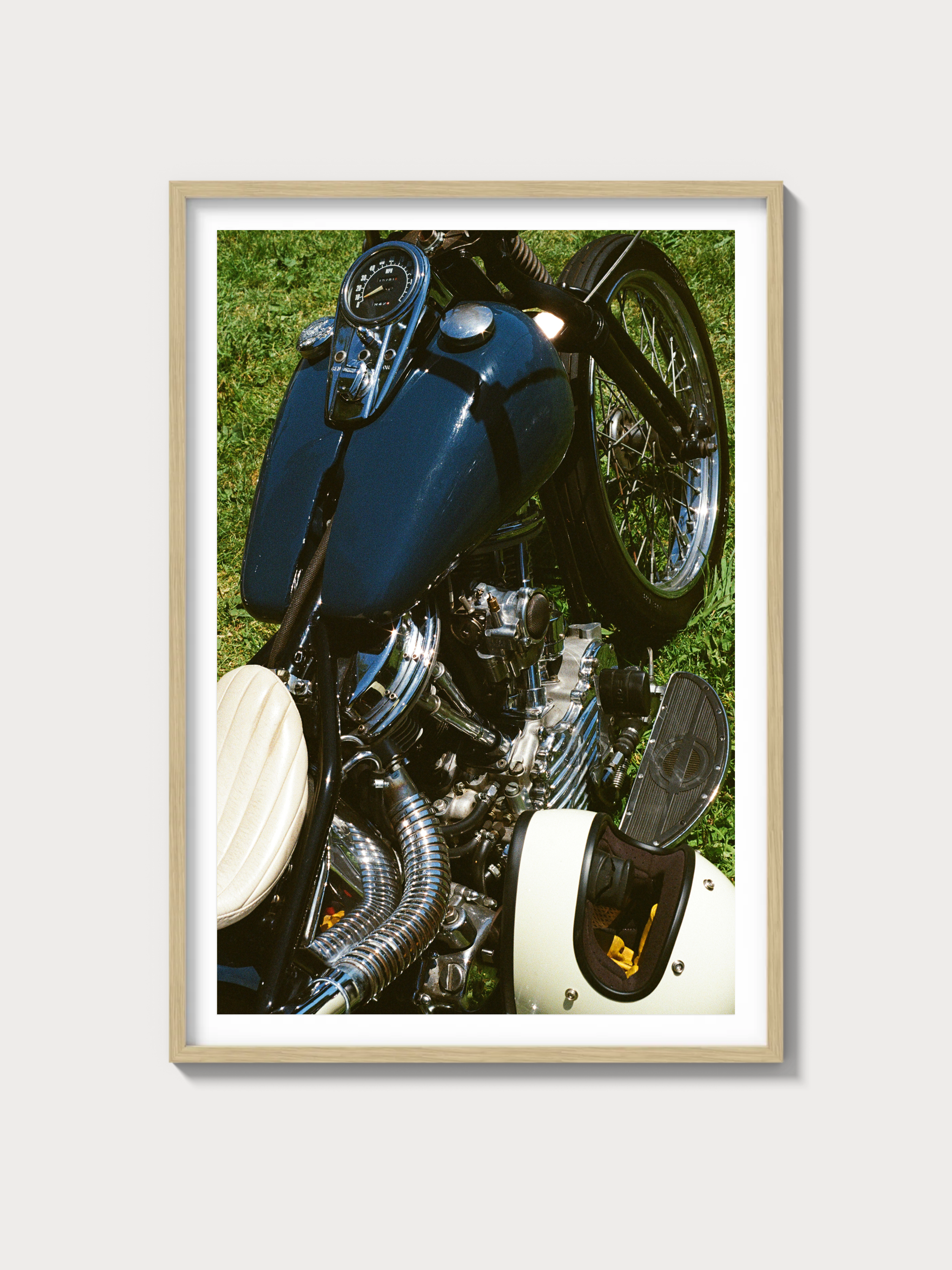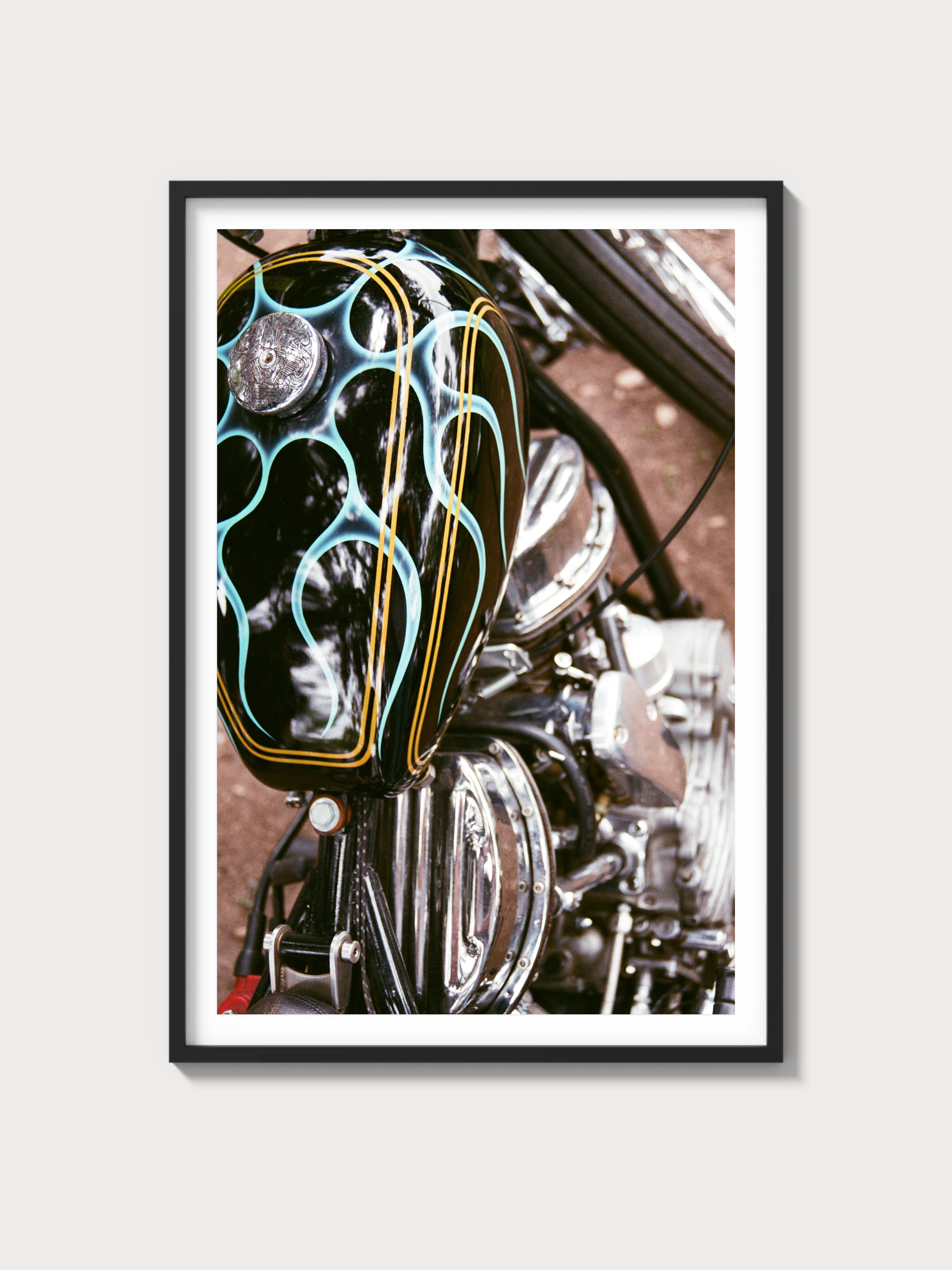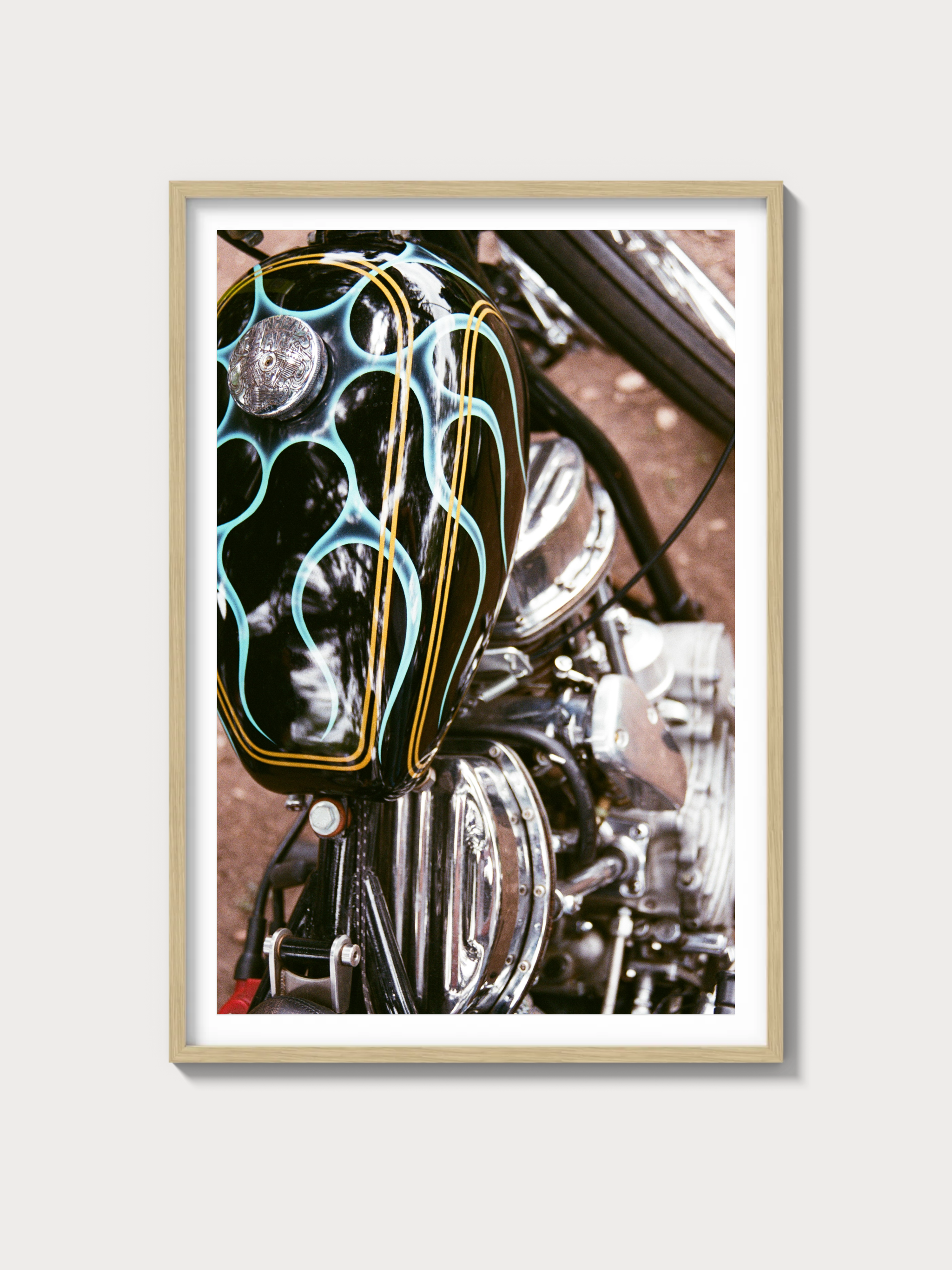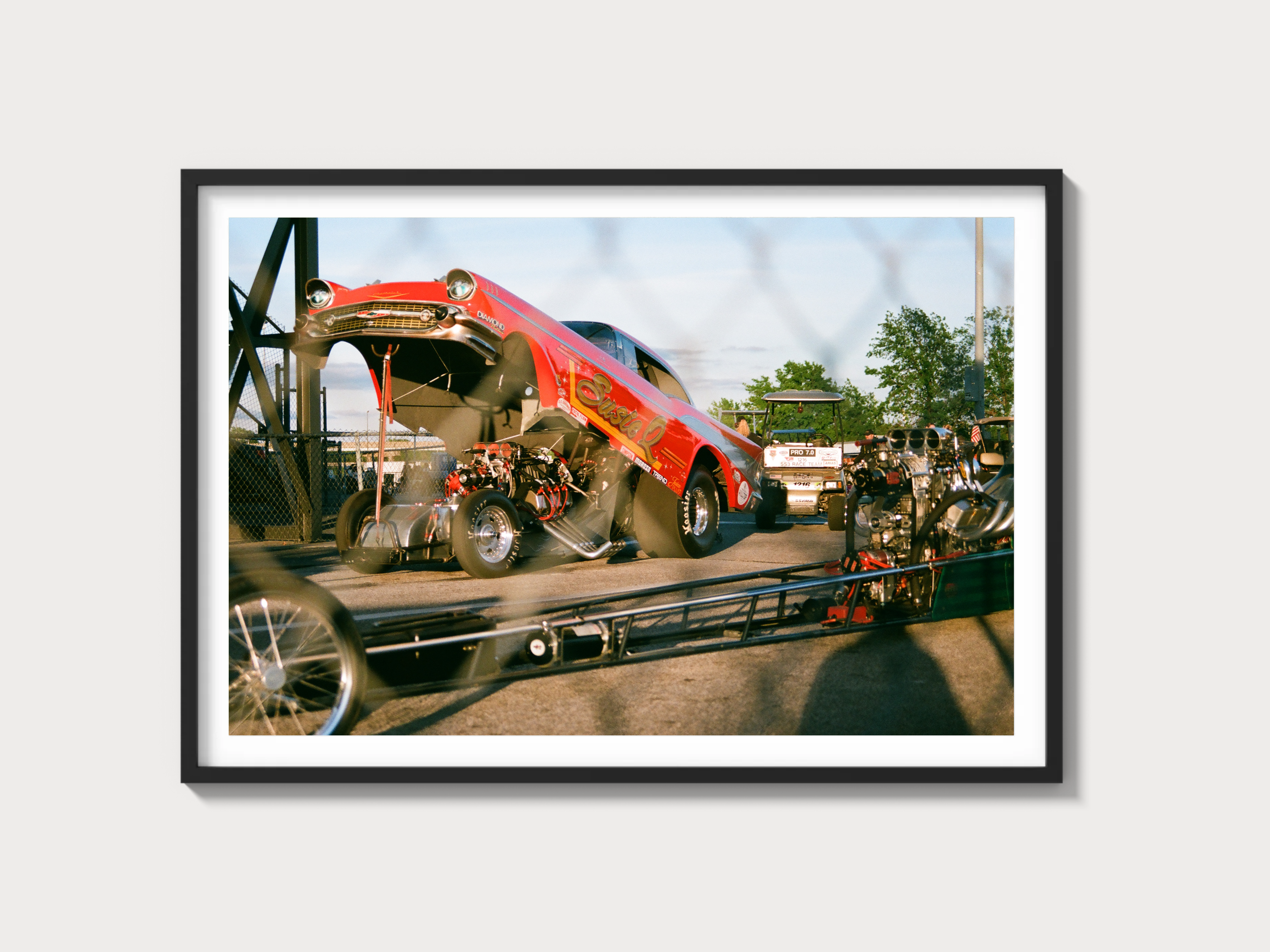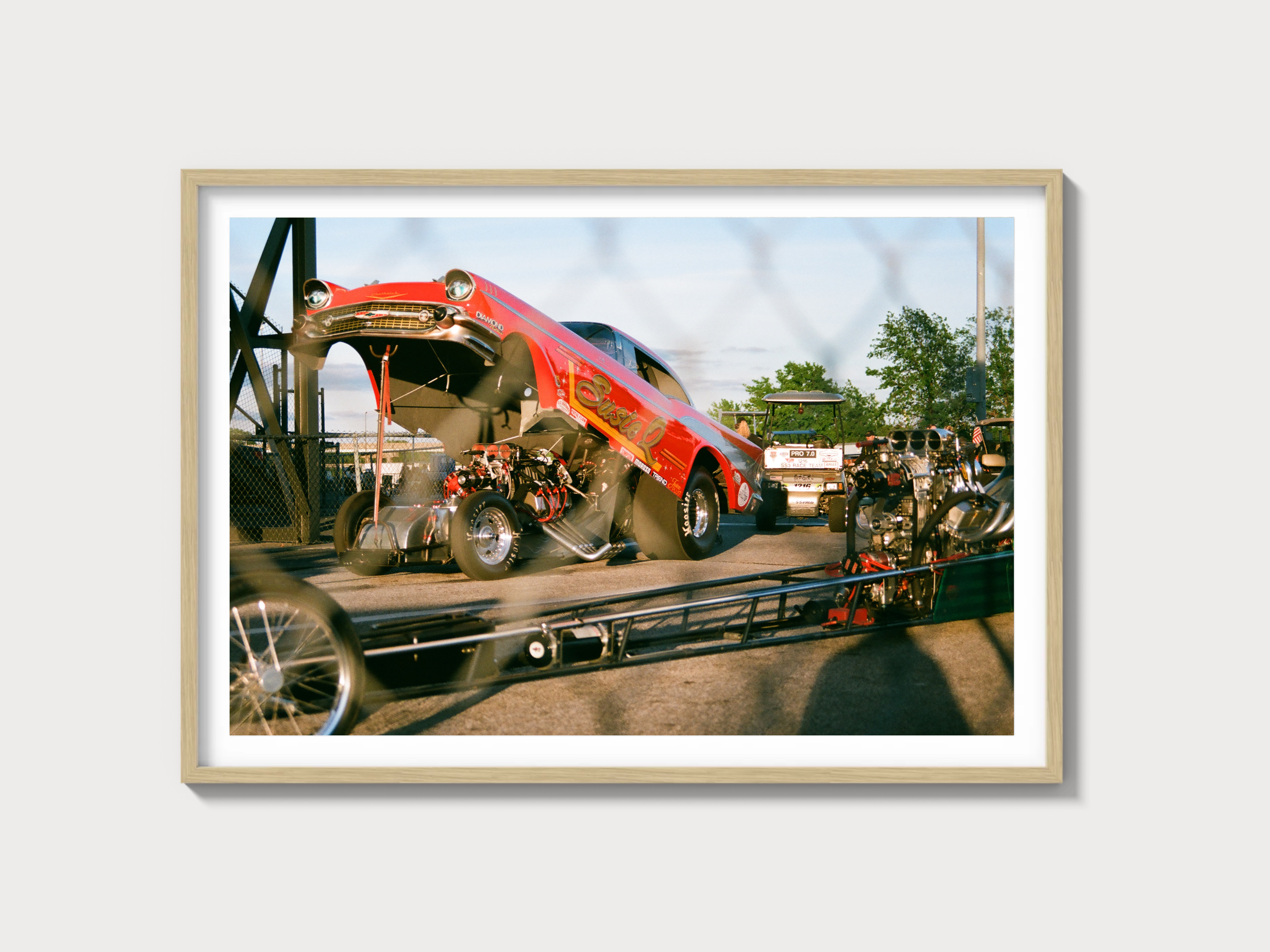2010–2015 Chevrolet Camaro SS (5th Gen): The V8 That Relaunched an Icon
Historical Context and Development Background
The fifth-generation Chevrolet Camaro SS arrived as a statement piece from a resurgent General Motors. Previewed by the much-lauded 2006 concept and launched for model year 2010, the production car leveraged GM’s Zeta architecture, a thoroughly engineered rear-drive platform with Australian roots (Holden) optimized for high torsional rigidity. The SS sat atop the standard V6 trims as the V8 flagship until the supercharged ZL1 joined later.
Stylistically, the design team under Tom Peters translated the first-gen Camaro’s muscular haunches, low roofline, and cowl-inducted hood cues into modern, wind-tunnel-honed forms. The SS signature details—mail-slot grille on early cars and a functional vented hood from the 2014 refresh—telegraphed intent. Inside, deep-set gauges and squared-off binnacles played the heritage card, while the thick-rim wheel and supportive buckets kept the driver-focused brief intact.
Corporate realities inevitably shaped the car: it launched in the wake of GM’s restructuring, yet it emerged as a bright spot, immediately re-igniting the pony-car rivalry. Ford’s Mustang GT (4.6L three-valve early on, then the game-changing 5.0 Coyote from 2011) and Dodge’s larger Challenger (R/T and SRT8) bracketed the Camaro SS in different ways—Mustang with lighter mass and revvier character, Challenger with interstate stride and space. The SS answered with big-cube torque, stout brakes, and an unexpectedly capable chassis on a challenging road or circuit.
On the competition front, the 5th-gen Camaro formed the basis for successful customer programs in SCCA/NASA club racing and appeared as GS-class machinery in Grand-Am’s Continental Tire Sports Car Challenge via the Camaro GS.R, while Camaro-badged silhouettes entered NASCAR’s secondary series later in the generation. The track-focused 1LE package (2013–2015) revived a storied RPO code from the third-gen era, reinforcing the SS’s credibility beyond boulevard duty.
Engine and Technical Specs
Two closely related 6.2-liter small-block V8s defined the SS experience: the LS3 for manual-transmission cars and the L99 for automatics. Both are cam-in-block pushrod designs with aluminum blocks/heads and six-bolt main caps, underpinned by GM’s Gen IV small-block architecture.
| Specification | LS3 (Manual SS) | L99 (Automatic SS) |
|---|---|---|
| Engine configuration | 90° OHV V8, aluminum block/heads | 90° OHV V8, aluminum block/heads, AFM & VVT |
| Displacement | 6,162 cc (6.2 L) | 6,162 cc (6.2 L) |
| Horsepower | 426 hp @ ~5,900 rpm | 400 hp @ ~5,900 rpm |
| Torque | 420 lb-ft @ ~4,600 rpm | 410 lb-ft @ ~4,300 rpm |
| Induction type | Naturally aspirated | Naturally aspirated |
| Redline | ~6,600 rpm | ~6,000 rpm |
| Fuel system | Sequential multi-port fuel injection | Sequential multi-port fuel injection |
| Compression ratio | 10.7:1 (approx.) | 10.4:1 (approx.) |
| Bore x stroke | 103.25 mm x 92.0 mm (4.065 in x 3.622 in) | 103.25 mm x 92.0 mm (4.065 in x 3.622 in) |
Manual cars use Tremec’s TR-6060 6-speed with a robust twin-disc clutch and a mechanical limited-slip differential. Automatic cars employ GM’s 6L80 six-speed with paddle control in later years; the L99’s Active Fuel Management (cylinder deactivation) and variable valve timing optimize cruising efficiency and midrange response.
Driving Experience and Handling Dynamics
Contemporary testers often remarked that the SS’s steering and damping belied its scale. Early cars used hydraulic power steering; later models adopted electric assist with careful calibration to preserve on-center weighting. The platform’s wide tracks and low cowl give the driver a commanding view over those front fenders—a confidence boost when threading B-roads.
The 2012 model year introduced the FE4 suspension update on SS coupes, revising rear shock mounting and anti-roll tuning to sharpen turn-in and reduce mid-corner understeer. The optional 1LE package (2013–2015) went further: higher-capacity cooling (engine, transmission, differential), unique dampers and bushings, a shorter final drive, a close-ratio TR-6060, and sticky Goodyear Eagle F1 Supercar G:2 tires on lighter 20-inch wheels. On track, a properly aligned 1LE can run sustained sessions without the brake fade that hobbles many street-performance cars; the standard SS Brembos are stout, but the 1LE’s brake-cooling and tire package stretches their consistency.
Throttle response feels distinctly small-block: linear, immediate, and torque-rich from low rpm. The LS3’s longer pull to redline encourages holding gears; the L99 is more relaxed, leaning on torque and the 6L80’s wide ratios. The inherent rigidity of the Zeta body shell contains secondary ride motions well; the car is heavy, but the chassis manages its mass with composure, especially after the FE4 update.
Full Performance Specifications
| Metric | 2010–2015 Camaro SS (typical) | Notes |
|---|---|---|
| 0–60 mph | ~4.6–5.0 seconds | Manual typically quicker than automatic |
| Quarter-mile | ~12.9–13.3 sec @ ~108–111 mph | Stock, sea-level figures vary by tire and surface |
| Top speed | ~155 mph (limited) | Model-year and tire-dependent |
| Curb weight | ~3,860–3,990 lb | Manual generally lighter than automatic |
| Layout | Front-engine, rear-wheel drive | Limited-slip differential standard |
| Brakes | Brembo fixed calipers, ventilated discs | 4-piston calipers; performance pads transform track stamina |
| Suspension | Strut (front) / Independent multi-link (rear) | FE4 revision from 2012 improved balance |
| Gearbox | Tremec TR-6060 6MT or GM 6L80 6AT | 1LE adds close ratios and shorter final drive |
Variant Breakdown (Trims, Editions, Packages)
The SS was offered in 1SS and 2SS equipment levels, with numerous special packages over the run. Production counts for certain appearance packages were not always published by Chevrolet; where official figures are unavailable, that status is indicated.
| Variant | Model Years | Key Differences | Production Numbers | Market |
|---|---|---|---|---|
| SS (LS3 manual) | 2010–2015 | 426 hp LS3, TR-6060 6MT, performance axle, Brembo brakes | Not individually published by GM | US/Canada, selected exports |
| SS (L99 automatic) | 2010–2015 | 400 hp L99, 6L80 automatic, AFM/VVT calibration | Not individually published by GM | US/Canada, selected exports |
| 1LE Performance Package | 2013–2015 | Close-ratio 6MT, 3.91 final drive, enhanced cooling, unique dampers/bushings, 20-in lightweight wheels, matte-black hood insert, specific aero/tire package | Not officially broken out by GM | Primarily North America |
| 45th Anniversary Package | 2012 | Carbon Flash Metallic, unique stripe/badging, 20-in wheels, special interior trim; available on 2SS | Not officially published by GM | North America |
| Hot Wheels Special Edition | 2013–2014 | Kinetic Blue (2013 launch), Hot Wheels badges, stripes, unique wheels/interior; available on SS equipment | Not officially published by GM | North America and select markets |
| Transformers Special Edition | 2010, 2012 | Bumblebee-inspired appearance package (Rally Yellow/graphics, badges); available on SS | Not officially published by GM | North America |
| Commemorative Edition | 2015 | Special stripes/badging, 20-in wheels, unique interior accents; available on SS | Not officially published by GM | North America |
Ownership Notes: Maintenance, Parts, and Restoration
- Engine durability: The LS3 is notably robust when maintained with quality oil meeting GM Dexos specs. The L99’s AFM lifters are a known weak point on higher-mileage cars; misfires/tick can indicate lifter collapse. Enthusiasts often disable AFM when rebuilding or retuning.
- Cooling and track use: Extended lapping benefits from upgraded brake pads/fluid and, for non-1LE cars, additional cooling. The 1LE’s factory coolers make it the most track-ready SS spec.
- Transmission/driveline: TR-6060 is stout; clutch wear depends on usage. Skip-shift (CAGS) intervention on manuals can be mitigated with a simple harness. The 6L80 responds well to fluid services; harsh shifts can be improved with software updates and fresh fluid.
- Chassis items: Wheel-hop and rear cradle movement can be reduced with bushing upgrades. Early OE Pirelli P Zeros can feather and tramline as they age; modern tires transform steering feel and braking distances.
- Common niggles: Paint chipping on the lower rear quarters, PDIM/Bluetooth module quirks on early infotainment, blend-door actuator clicks, and occasional rear axle groan under tight turns.
- Service intervals (typical, refer to owner’s manual): Oil and filter per OLM (often ~7,500 miles under light use); brake fluid every ~2 years; coolant per Dex-Cool schedule; spark plugs around ~97,500 miles; differential and transmission fluids sooner if tracked.
- Parts availability: Outstanding. GM OE and AC Delco coverage is broad; the aftermarket offers suspension, brake, and cooling upgrades proven in club racing. Body and trim parts differ pre- and post-2014 facelift, so source accordingly.
- Restoration difficulty: Straightforward mechanicals with strong diagnostic support. Electronics coding (airbag/BCM/radio modules) may require GM SPS access; otherwise, the SS is a friendly modern classic to maintain.
Cultural Relevance and Market View
Pop culture rocket-fueled demand—the 5th-gen’s concept-car silhouette became a recurring star in blockbuster films and video games. The SS specifically recaptured the Camaro’s muscle persona without abandoning real circuit competence, especially in 1LE trim. Collectors gravitate to low-mile LS3 manuals, 1LEs, and distinctive factory appearance packages in original paint and documentation.
Public auction sales have shown healthy enthusiasm: clean, stock SS manuals typically transact in the five-figure range, with mileage, options (RS, sunroof delete on 1LEs, Recaros where fitted), color, and provenance swinging results. Special editions and 1LE cars in exemplary condition often command noticeable premiums over standard SS counterparts.
FAQs
What’s the difference between the LS3 and L99 in the Camaro SS?
LS3 (manual cars) is rated at 426 hp and revs to roughly 6,600 rpm. L99 (automatic cars) is rated at 400 hp and incorporates Active Fuel Management and variable valve timing, with a lower redline around 6,000 rpm. Bore and stroke are identical; cam profiles, exhaust, and calibration differ.
How quick is a stock 2010–2015 Camaro SS?
Expect approximately 4.6–5.0 seconds 0–60 mph and quarter-miles around low-13s in stock trim, depending on conditions and transmission.
Is the Camaro SS reliable?
Yes, with routine maintenance. The LS3 is especially robust. Known issues include potential AFM lifter problems on L99 automatics, aging tire-related ride/handling degradation, and occasional minor electronic module quirks. Track users should prioritize brake pads/fluids and cooling.
What is the 1LE package, and is it worth it?
1LE (2013–2015) is a comprehensive SS track package: shorter final drive, close-ratio TR-6060, upgraded cooling, wheels/tires, and chassis tuning. It dramatically improves track consistency and response; among collectors and drivers, it’s the connoisseur’s SS.
Any known braking or suspension concerns?
The factory Brembos are strong; track endurance improves with high-temp pads and fluid. Early non-FE4 cars benefit from alignment/tire updates. Wheel-hop can appear on rough launches; bushing and tire upgrades mitigate it.
What should buyers check on a used SS?
Listen for valvetrain tick (L99 AFM lifters), inspect for track wear (rotor heat checking, diff fluid condition), check clutch engagement on manuals, scan for DTCs in transmission control modules on automatics, and inspect the lower rear quarter paint and front splitter/undertray for damage.
Did the SS change during the run?
Yes. Notable updates include the 2012 FE4 suspension revision, the addition of the 1LE package from 2013, infotainment upgrades, and the 2014 facelift with a narrower grille and functional vented hood on SS models.
Concise Technical Summary
| Item | Detail |
|---|---|
| Platform | GM Zeta (RWD) |
| Engines | 6.2L LS3 (manual), 6.2L L99 (automatic) |
| Power | 426 hp (LS3) / 400 hp (L99) |
| Transmissions | 6-speed manual (TR-6060), 6-speed automatic (6L80) |
| Brakes | Brembo 4-piston fixed calipers, ventilated discs |
| Suspension | MacPherson strut front; independent multi-link rear (FE4 from 2012) |
| Wheels/Tires | 20-inch wheels standard; performance summer tires on SS/1LE |




